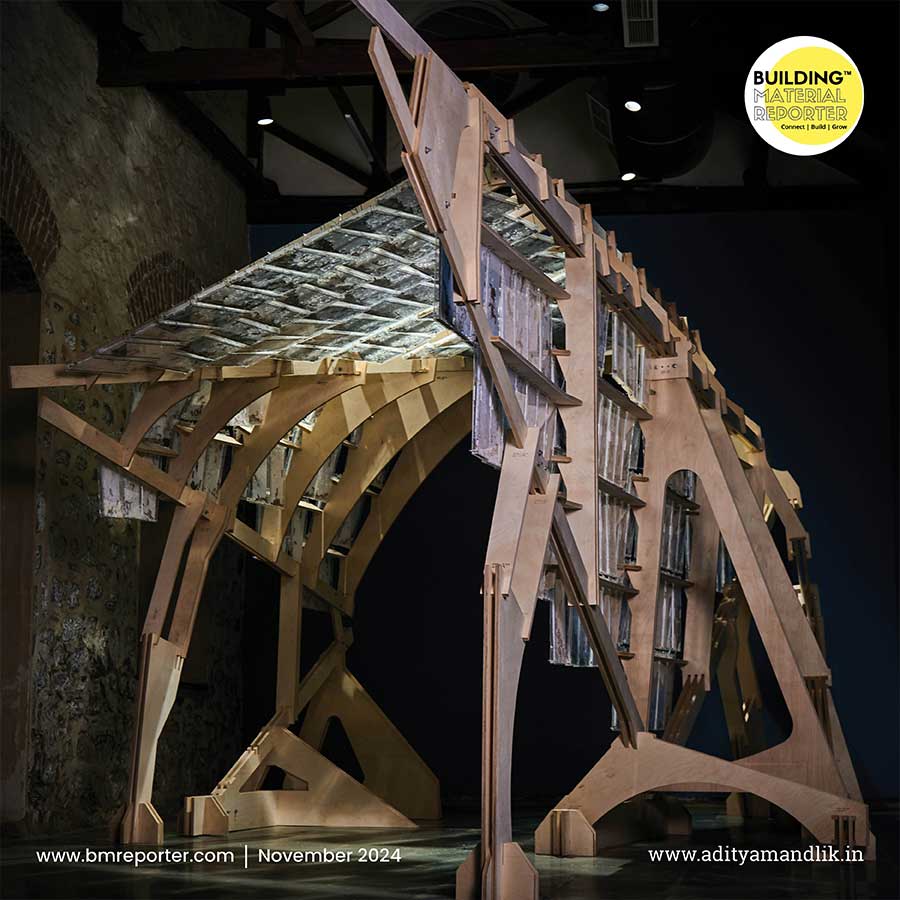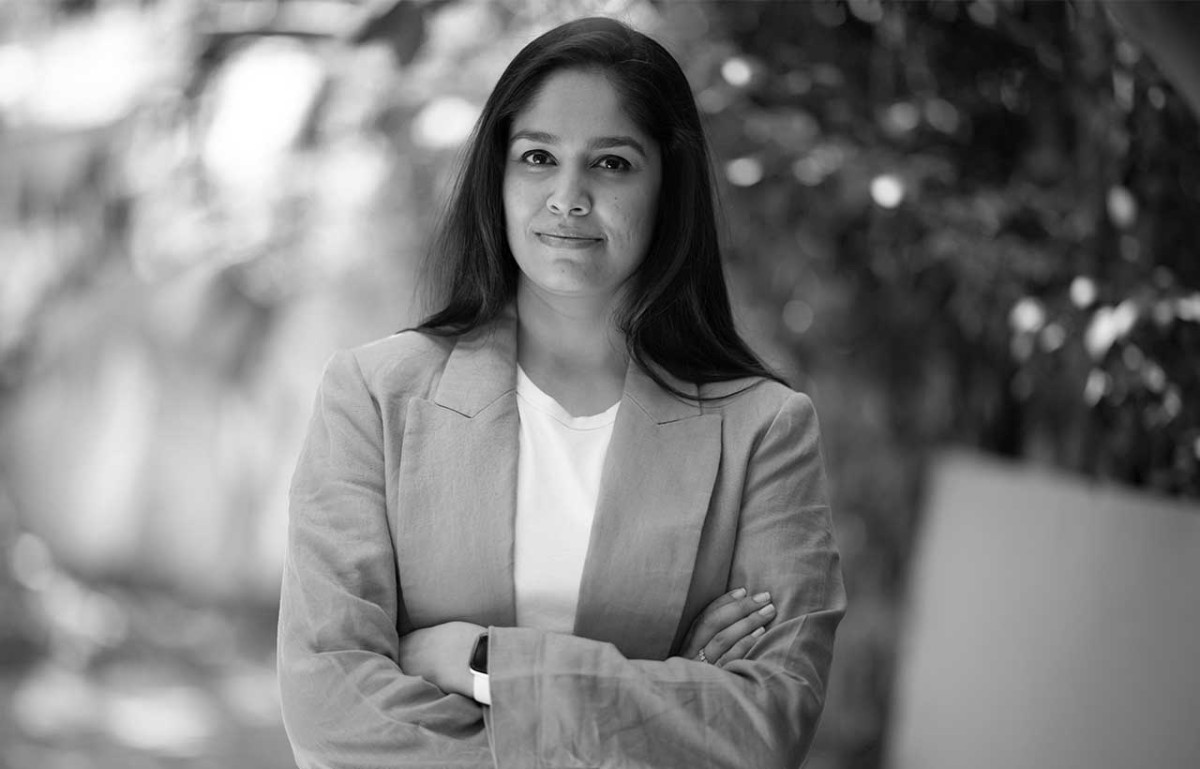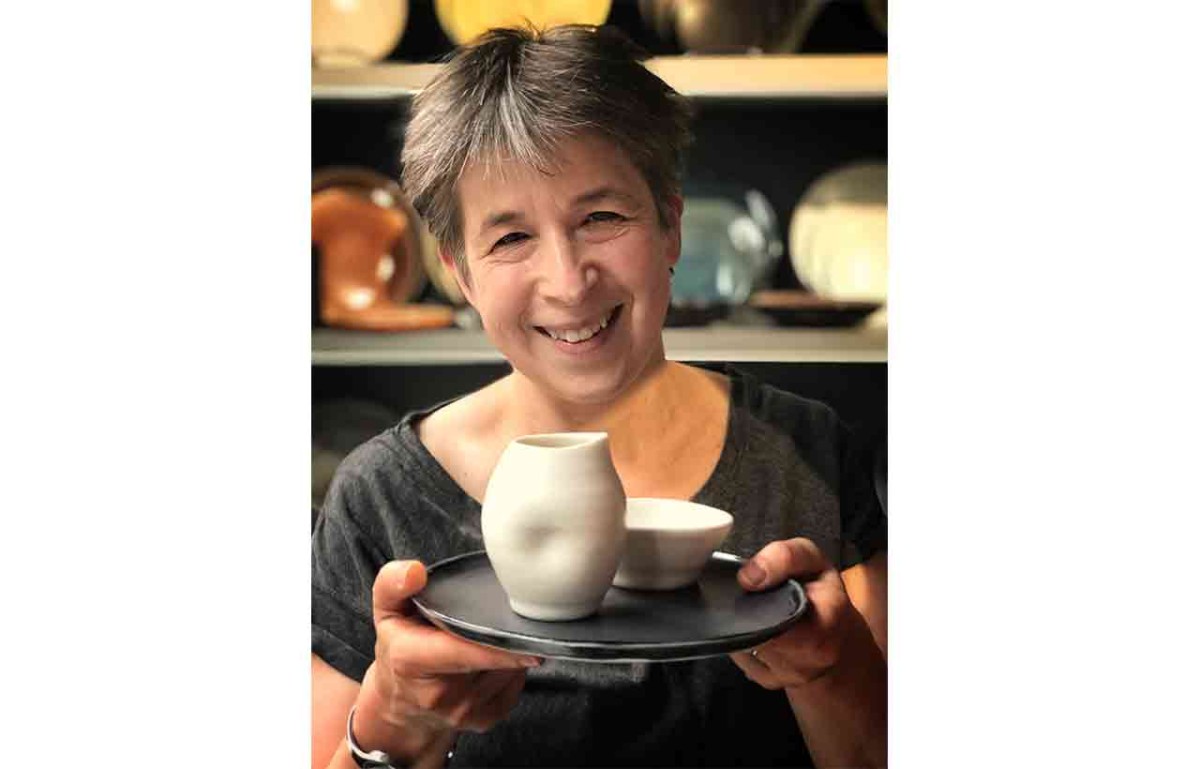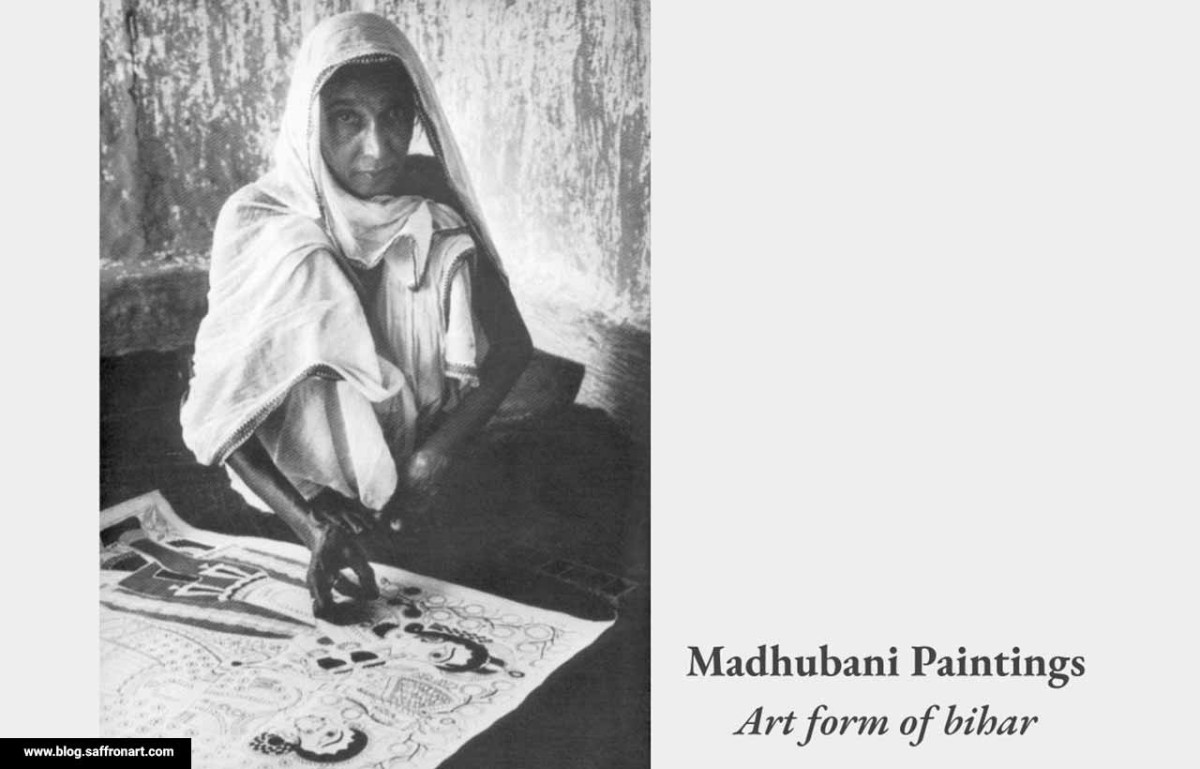Art Creator: Linda Bloomfield, UK-based Designer
- April 10, 2023
- By: Editorial Team
- SUCCESS STORIES
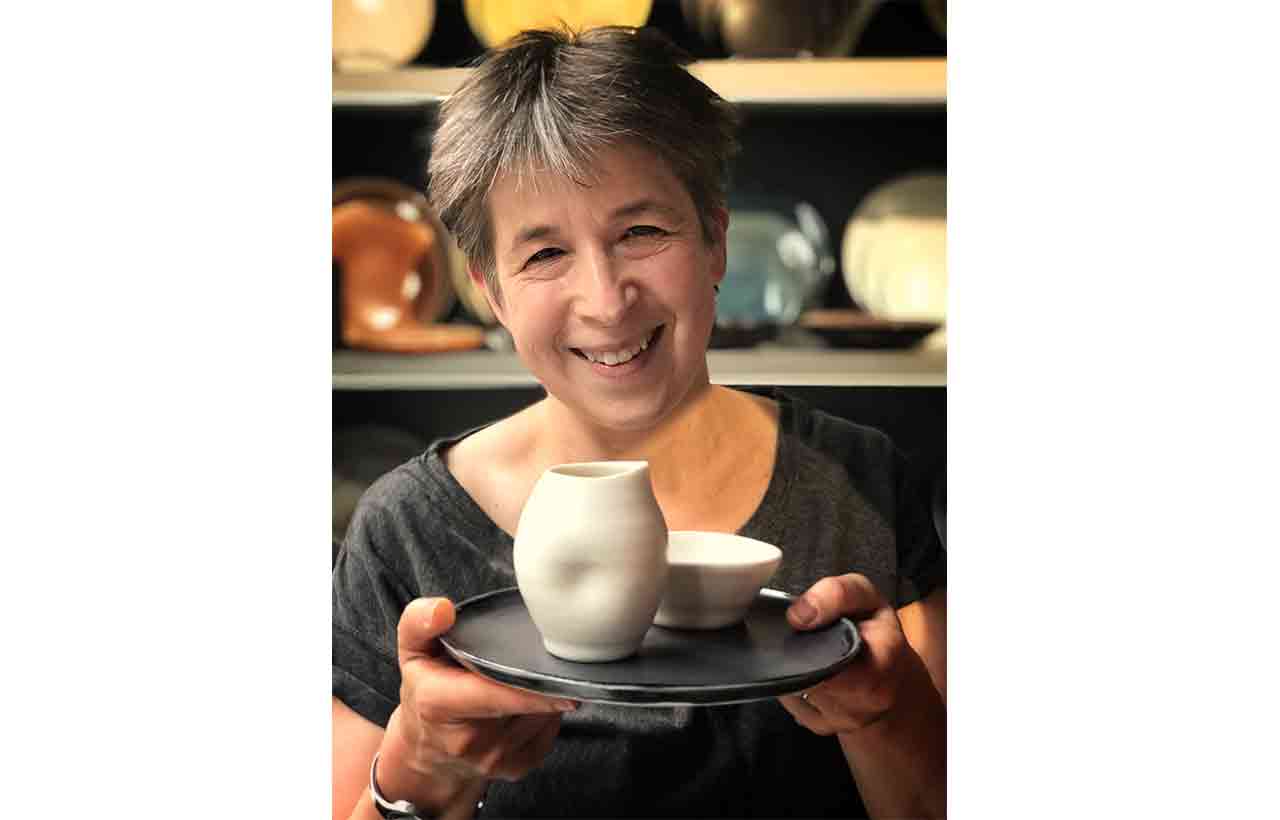 Linda Bloomfield, U.K based designer is an innovator in ceramic art. Since 2003, she has sold through galleries in the UK and worldwide. Her expertise includes many forms of ceramic art, dinnerware, and the maker's personal touch that gives a product a beautiful appearance and function.
Linda Bloomfield, U.K based designer is an innovator in ceramic art. Since 2003, she has sold through galleries in the UK and worldwide. Her expertise includes many forms of ceramic art, dinnerware, and the maker's personal touch that gives a product a beautiful appearance and function.
The Building Material Reporter Team recently spoke to Linda Bloomfield to know about her approach to designing and her expectations from her passion.
Excerpts:How would you describe Linda Bloomfield design unique approach to designing and manufacturing in the domain of ceramic exploration?
I create porcelain tableware with throwing lines and dimples added to the delicate clay to highlight the maker's hand. On the outside, I use a tactile, satin-matt glaze, and on the interior, I use glossy, colourful glazes. I've also created many manufacturing variations.
Could you please share how your studio has evolved since you opened it?
In 2004, I opened my own ceramic studio. I created dinnerware for craft shops and offered it directly to customers at craft shows. Nowadays, selling products online is considerably simpler, and I have a growing list of restaurants and businesses to which I regularly pass on products.
What sparked your passion for tableware design and when did you first become interested in creation and craftsmanship?
I enrolled in a neighbourhood children's pottery class when I was eight years old. Every week, we were given the chance to attempt throwing on the wheel, which I really valued. Even though I have a background in materials science, I have been attracted by working with clay since 1973. After working as a visiting scholar at MIT, a researcher in Tsukuba, Japan, and at Imperial College, London, I started my present studio in 2001. I hold a BSc in Engineering Science and a Ph.D. in Materials Science from Warwick University.
Would you mind explaining your design process to us? Can You Describe from Beginning to end --the manufacturing process, selection of material, texture, and finishes incorporating the latest technology?
Clay and glazes are the foundational elements from which I create my patterns. For ideas on forms, textures, and colours, I also draw inspiration from interior design and nature. To make recycling as straightforward as possible, I chose to use one sort of porcelain clay. The ideal material to use for tableware is high-fired porcelain since it’s sturdy and resistant to chipping and cracking. I purchase my porcelain from a clay business in Stoke-on-Trent--the center of the British ceramic industry. I toss in groups of 20–50 and turn or trim the bases the next day.
These can be biscuit fired after a week of drying, and then glazes can be poured on or applied by dipping. I make all of my own glazes in the studio using raw ingredients and prefer to utilise matte glazes. I prefer to keep the forms plain and not add any ornamentation. They are then heated to 1250°C for one last firing. My publications Sue Pryke, and I co-authored, Colour in Glazes, Special Effect Glazes, The Handbook of Glaze Recipes, and Design and Make Modern Tableware, contains research I conducted on glazes.
Can you describe some of the different products you have explored and if you have a favourite piece or product?
My favourite collection of items is my dimpled china, which includes vases, cups, jugs, and pouring bowls. Making pottery, publishing books and articles, and doing glazing workshops are some of my multiple sources of income. High-end restaurants frequently purchase my handmade tableware because they like it so much.
Linda Bloomfield's designs have reached an important milestone. What are your expectations for its future?
I'm traveling more frequently now, especially for my workshops where I teach glaze chemistry. I have been producing more sculptures for exhibitions and sculpture parks in between workshops. As part of a series exploring how air pollution impacts lichen biodiversity, I created several non-functional, sculptural objects with a lichen-effect finish. This summer, I will display these works on two outdoor sculpture paths in the UK.


